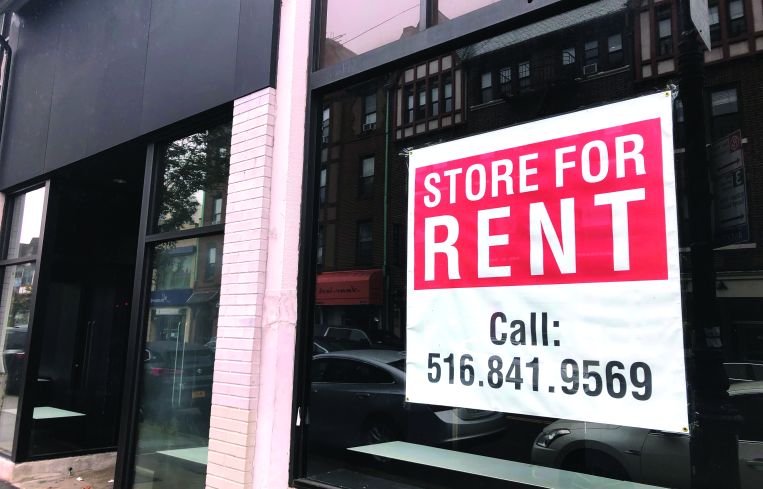Retail Rent Delinquencies Rise as Inflation Cuts Into Small Business Bottom Lines
By Mark Hallum September 2, 2022 10:42 am
reprints
COVID-19 is still dealing small businesses the classic one-two combo — first with the shutdown, now with inflation.
More than two years since the onset of COVID-19 when brick-and-mortar businesses began the fight to keep their space as revenue plummeted, the new threat of inflation has led to 40 percent of businesses unable to pay full rent during August, according to a national rent report from Alignable.
This represents the highest rate of missed or partial rent payments in 2022 and is 6 percent above July, when that figure was around 34 percent. The last time the delinquency rate was this high was in March 2021, the data company said.
Among 7,331 small businesses surveyed from Aug. 13 to Aug. 23, operators in Colorado had the highest delinquency rate with 55 percent, followed by Illinois with 53 percent, Georgia with 52 percent, California and New York both with 44 percent, and Texas with 40 percent.
The two states with the lowest delinquency rate were Arizona with 37 percent and Florida with 35 percent, but even Florida saw an increase of 7 percentage points since July. The lowest it’s been for the Sunshine State during the COVID-era, according to the report, was in December 2021 when the delinquency rate clocked in at 21 percent.
It could be worse for U.S. retailers, however. Just look to Canada, where the average national delinquency rate falls closer to 48 percent.
Industries suffering the most, according to Alignable, were agriculture with a 50 percent delinquency rate; nonprofits and restaurants with a 46 percent rate; and automotive, engineering and travel with 44 percent each.
The construction and real estate industries had the lowest delinquency rates, but even 40 percent of businesses in these sectors missed rent payments, according to the survey.
Overall, the outlook for the North American economy is bleak, according to many economists and corporate executives.
A recent survey of chief financial officers conducted by Deloitte found that inflation fears have 46 percent of those executives fearing full-on recession, while another 39 percent are bracing for a period of stagflation. Only 33 percent called current economic conditions “good” or “very good.”
Despite remarks by Federal Reserve Chair Jerome Powell stating that there will be “some pain” economically in the near future, the Biden administration says, “Don’t panic.”
White House Press secretary Karine Jean-Pierre held a briefing in late August contending that the economic outlook would look up in the coming months as the Inflation Reduction Act goes into effect to lower Medicare costs, eliminate some student loans and reduce the deficit.
At least Americans are working, she said, with up to 528,000 jobs created in July.
The Federal Reserve’s personal consumption expenditures (PCE) price index and University of Michigan’s Surveys of Consumers provided good indicators for the White House, according to Jean-Pierre.
On Tuesday, Jean-Pierre continued producing optimistic interpretations of the state of the economy regarding inflation.
“We have regained all of the jobs lost during the pandemic,” Jean-Pierre said during a separate briefing. “If you look at the labor market, consumers are spending; as I said, businesses are investing; and American industry is producing. You continue to see the resiliency in our economy, and that’s what matters.”
Mark Hallum can be reached at mhallum@commercialobserver.com.


